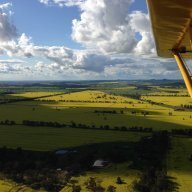-
Posts
1,061 -
Joined
-
Last visited
-
Days Won
14

Roundsounds replied to Narrabeenrick's topic in Student Pilot & Further Learning

Roundsounds replied to Denny Fiedler's topic in Student Pilot & Further Learning

Roundsounds replied to Denny Fiedler's topic in Student Pilot & Further Learning

Roundsounds replied to Denny Fiedler's topic in Student Pilot & Further Learning

Roundsounds replied to Denny Fiedler's topic in Student Pilot & Further Learning

Roundsounds replied to Denny Fiedler's topic in Student Pilot & Further Learning

Roundsounds replied to Denny Fiedler's topic in Student Pilot & Further Learning

